Artists for the Earth
Summer reading list: 6 children’s books to start a climate conversation
June 10, 2020
The coronavirus pandemic shuttered schools across the world.
At the height of restrictions in April, the United Nations Educational, Scientific and Cultural Organization estimates 1.6 billion students were affected — with 194 countrywide school closings. Over 1 billion students remain affected as of June 5.
We’re entering summer in the Northern Hemisphere, which typically means the end of the school year. But this doesn’t mean the learning stops: This is a great time for parents to discuss climate as part of their children’s education.
“I think parents have a unique opportunity to be more active participants in their children’s education by not only helping to deliver the content but also learn from it as well,” says Tracey Ritchie, Earth Day Network’s vice president of programs and partnerships.
Starting these conversations with anyone, especially children, can be stressful. But breaking the silence is the first step to a more sustainable future.
To start a kid-friendly conversation about the environment, add these six books to the summer reading list.
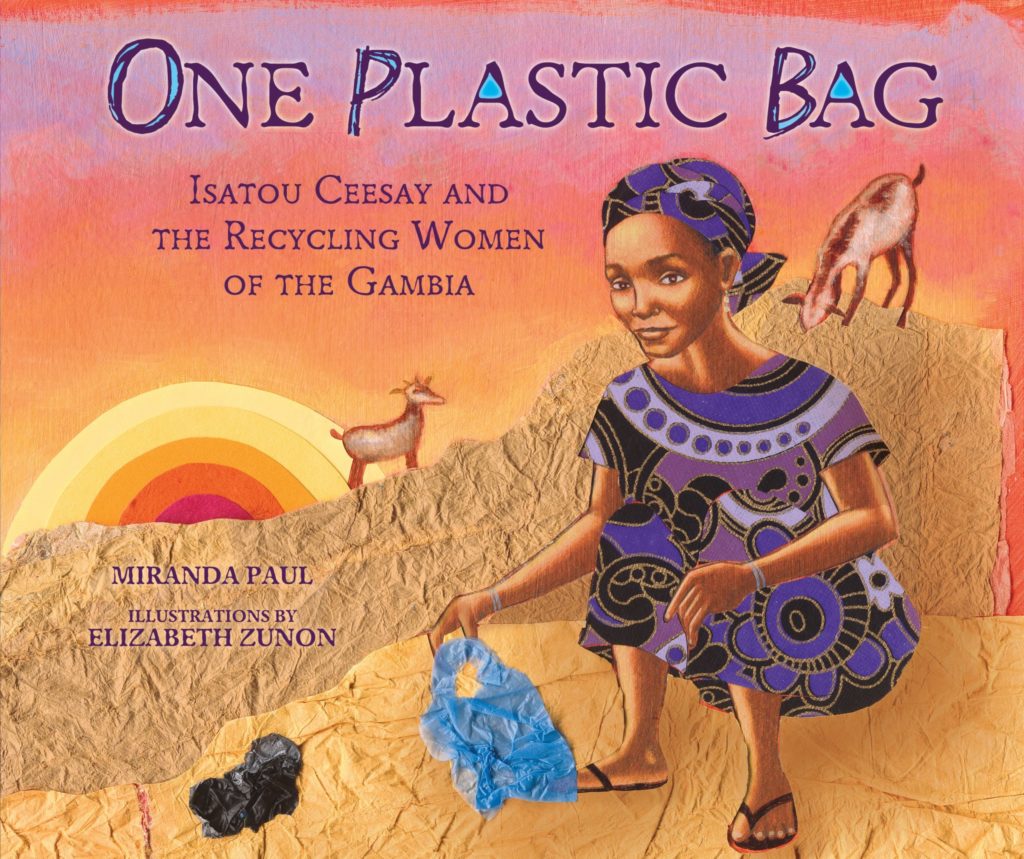
One Plastic Bag | Miranda Paul
Isatou Ceesay and the Recycling Women of the Gambia
Ages 5 and up
One Plastic Bag is the true story of Isatou Ceesay, who started a recycling movement in her community. In The Gambia, Ceesay noticed many single-use plastic bags alongside roads: If burned, they polluted the air; if buried, they strangled plants and killed livestock; if untouched, they filled with water and became a breeding place for mosquitoes and disease.
During the pandemic, our waste has piled up — while restrictions on plastic pollution have fallen down. It’s never too early to introduce the concept of eliminating single use plastics and recycling what can’t be avoided.
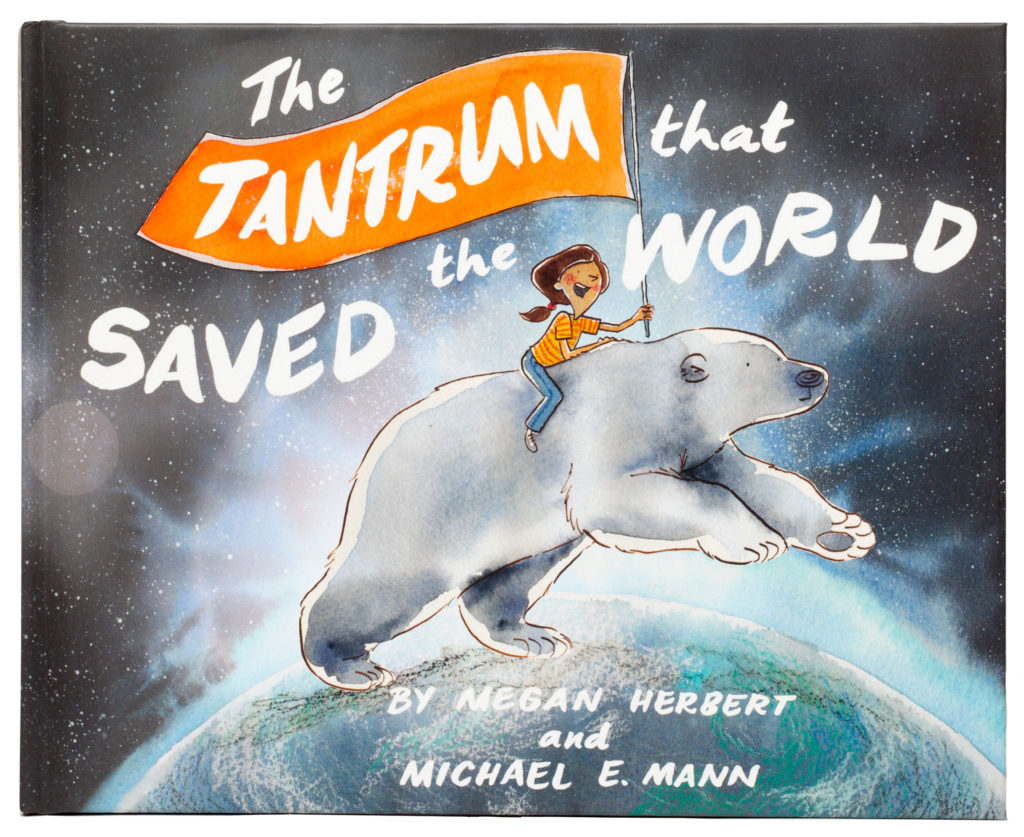
The Tantrum that Saved the World | Megan Herbert and Michael E. Mann
Ages 4 and up
Sophia, the main character of The Tantrum that Saved the World, is annoyed when a diverse group of characters come seeking help: a displaced polar bear, a Kiribati family flooded by the rising seas, a bee swarm and a fisherman all show up at her door. Convinced by their stories, Sophia starts organizing rallies to encourage others to act on climate change.
“You have to make the conversation something that’s not overwhelming,” Herbert, a writer and illustrator, told The Verge in 2018. The Tantrum that Saved the World focuses on the solutions to climate change — the steps anyone can take to make the world a better place — rather than the grim predictions.
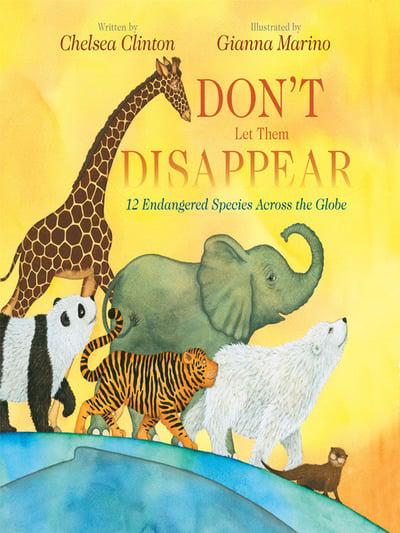
Don’t Let Them Disappear | Chelsea Clinton
12 Endangered Species Across the Globe
Ages 4 and up
In Don’t Let Them Disappear, readers meet 12 endangered species — from blue whales and whale sharks to elephants, giant pandas and giraffes. Children learn the threats species face, their unique attributes and the small actions people can take to protect the animals.
More than one million species are at risk of extinction — and climate change only accelerates this rate. While endangered species get less attention during the pandemic, the coronavirus is directly linked to environmental degradation and biodiversity loss. Don’t Let Them Disappear is an emotional and personal way to introduce the complex, daunting topics of conservation and biodiversity.
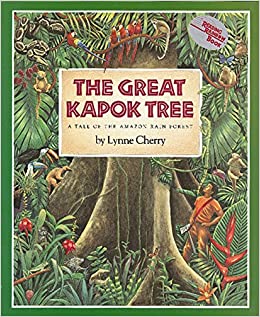
The Great Kapok Tree | Lynne Cherry
A Tale of the Amazon Rainforest
Ages 4 and up
The Great Kapok Tree tells the story of a man chopping down a giant kapok tree in the Amazon Rainforest. Kapok trees can reach up to 200 feet, so he grows tired and falls asleep in the shade. While the man naps, he’s visited by many forest creatures — snakes, butterflies, a jaguar — and a young girl who shares the importance of the trees and the interconnectedness of the Earth.
I won’t tell you how it ends, but this story highlights a global threat to our collective future. Trees are essential to a healthy planet, and since the start of human civilization, we’ve cleared nearly 46 percent of them globally. To save the next generation of forests, we must instill the importance of restoration at a young age — and protect what we still have left.
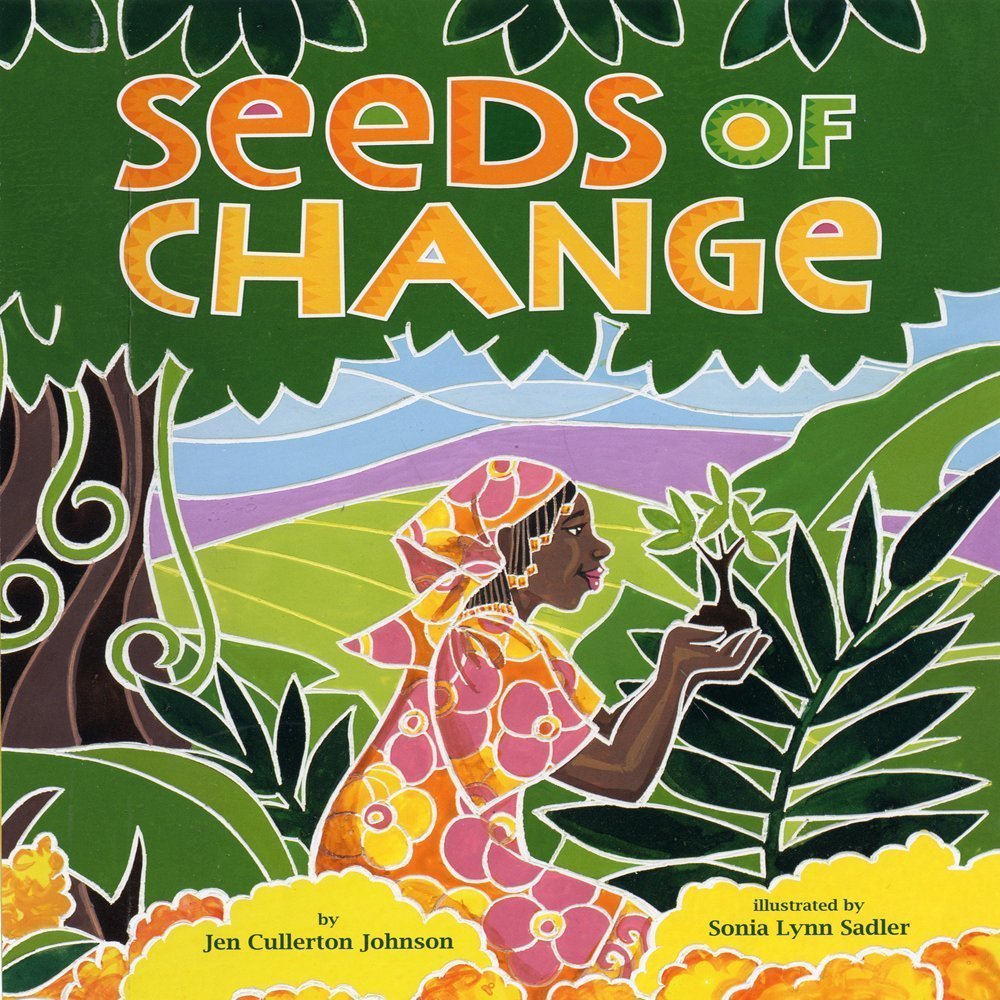
Seeds of Change | Jen Cullerton Johnson
Planting a Path to Peace
Ages 1 and up
Environmentalist Wangari Maathai was the first African woman to win the Nobel Peace Prize, the first female scholar from East and Central Africa with a doctorate and the first female professor in her home country of Kenya. Seeds of Change shares the story of her work — spreading knowledge and compassion, promoting women’s rights, protecting land — in vibrant images.
Women’s empowerment is key to slowing climate change. But the gap between men and women in STEM fields discourages young girls, especially of color, from pursuing these careers. Maathai’s story can inspire all young environmentalists to keep fighting, no matter who says no.
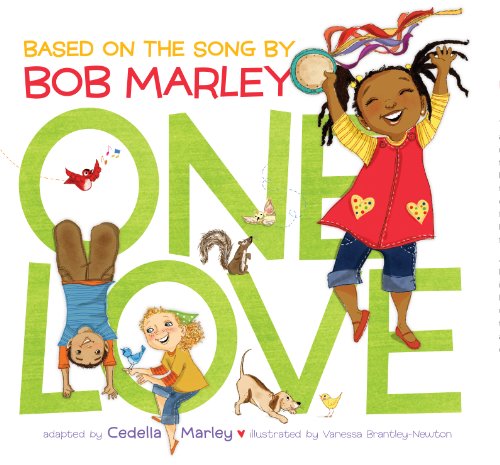
One Love | Cedella Marley
All ages
Cedella Marley inspires community and hope using the lyrics of one of her father’s most beloved songs. One Love follows a young girl as she brings her neighborhood together — picking up litter and planting flowers to open a new public green space, “One Love Park.”
Not all of the lyrics are the same, so singing along is difficult, but children will still see the importance of diversity, teamwork and love in the fight to save the environment. Climate change is a global threat that disproportionately affects low-income communities of color. We have to all work together to ensure a healthy future.
A growing body of research suggests that arts are well-suited to communicate climate information, because they make it emotional and personal. The arts also inspire action and instill a deeper consciousness of the world around us. Imagine if we started reading, singing and teaching climate at a young age?
Earth Day Network’s Artists for the Earth campaign connects artists and art organizations around the world for climate action. Read more on how to engage students in environmental arts.

